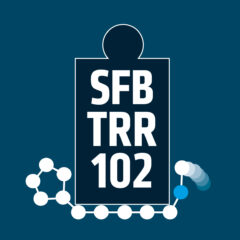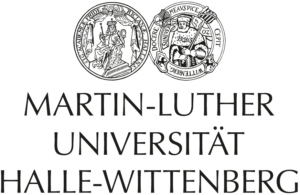Phase behavior of polymer/mosquito repellent system PLA/DEET
The phase diagram of the binary polymer/mosquito repellent system poly (lactic acid) (PLA) and N,N-diethyl-3-methylbenzamide (DEET) has been established for the purpose of screening the potential use of biodegradable PLA as drug-delivery reservoir for DEET. Crystallization-induced solid-liquid (S-L) phase separation occurs on sufficiently slow cooling of liquid solutions containing crystallizable PLA at temperatures slightly higher than ambient. Non-isothermal crystallization starts spherulitically at point-like nuclei, followed by dendritic crystal growth due to depletion of crystallizable polymer in the solution in the later stage. Continue reading “Talk by C. Sungkapreecha at MLU (September 5, 2017)”




